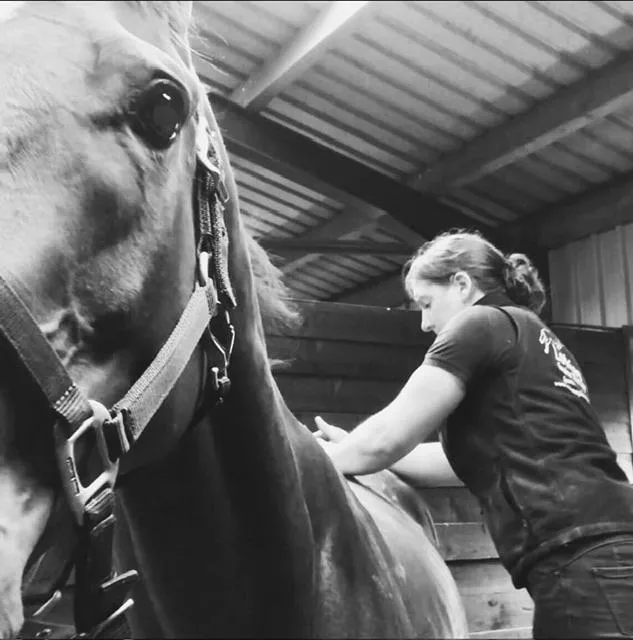
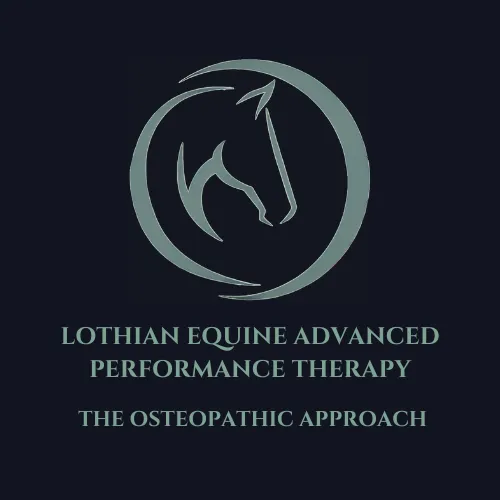
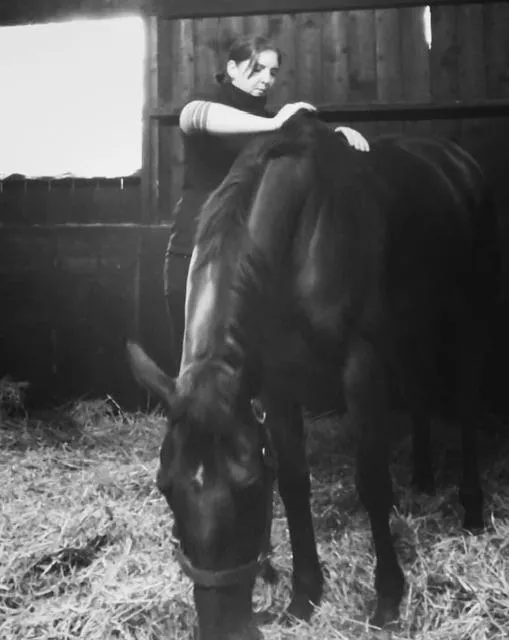
sessions are £80 per horse (travel costs may apply)
What does a treatment involve?
· indepth case history
· Previous clinical history (discussion with vet if required - prior to visit)
· biomechanical gait analysis (may require
lungeing/riding depending on circumstances)
· static and postural analysis
· static palpation assessment
· passive osteopathic assessment
· osteopathic treatment as appropriate
· discussion on after care and management plan
The length of treatment will vary and is very much dependent on the individual horse and findings
Frequency of treatments is dependent on the individual horse and the issues and symptoms presented.
in general maintenance with no previous clinical issues a one off treatment with maintenance as advised may suffice
General clinical cases can require up to three initial sessions over a period of weeks to resolve the issue followed by maintenance as appropriate More complex cases will require more frequent treatments
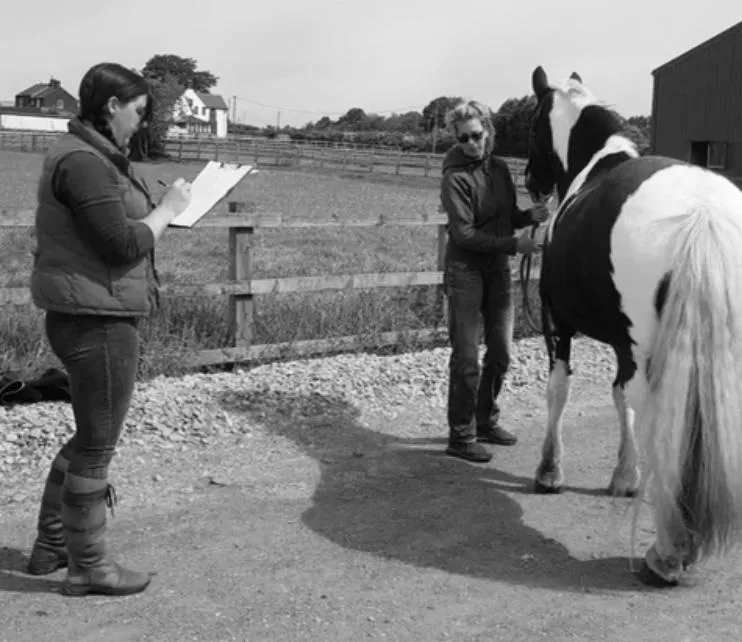
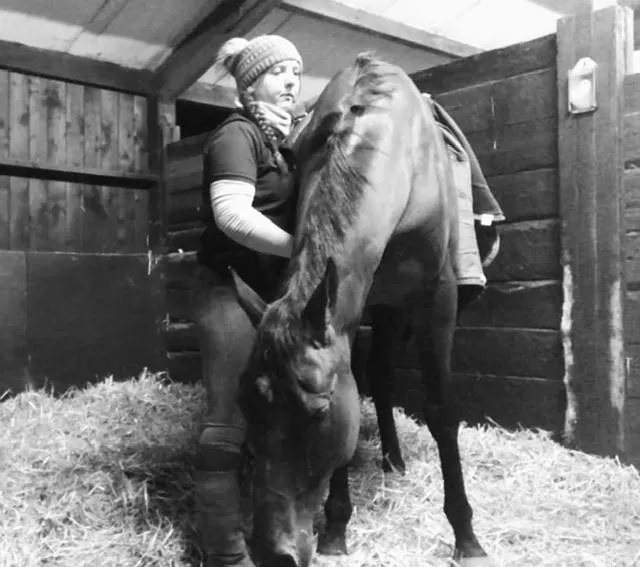
VETERINARY PERMISSION ACT 1966
As a result of the Veterinary Permission Act (1966) and the subsequent exemptions; it is illegal for any person, other than the owner of the animal, to treat an animal unless the permission of the animal's veterinary surgeon is sought and obtained. The implications of the Veterinary Permission Act (1966) are to safeguard the welfare of horses. As a direct result, the equine masseur must contact the veterinary surgeon used by the client and gain permission to treat the animal.
The exemptions to the general rules of the Veterinary Permission Act (1966) are as follows: A doctor or dentist may carry out any treatment, test or operation on an animal, provided he/she does so at the request of a registered veterinary surgeon A doctor may also perform an operation on an animal for the purposes of removing an organ or tissue for use in the treatment of a human being The treatment of an animal by physiotherapy; if carried out under the direction of a registered veterinary surgeon that has examined the animal and prescribed such a treatment An owner of an animal (or his employees, or other members of the owner’s household) may administer minor medical treatment to his own animal An owner of an agricultural animal (or anyone engaged or employed in caring for agricultural animals) may carry out medical treatment or minor surgery (not involving entry into a body cavity) on such an animal provided that it is not done for reward A veterinary nurse whose name is entered on the list of veterinary nurses maintained by the college may carry out any medical treatment or minor surgery to a companion animal; provided that the companion animal is for the time being, under the care of a registered veterinary surgeon Lay persons may administer first aid in an emergency, for the purposes of saving a life or relieving pain and suffering Practice governed by the Veterinary Permission Act (1966)
There are many therapists working outside the parameters of the Veterinary Permission Act (1966). These individuals are breaking the law and are often not insured, or members of a professional body. The practice of veterinary surgeons in the UK is governed by the Veterinary Permission Act (1966). Under this act (with certain exemptions noted) no one may practice veterinary surgery unless they are registered with the Royal College of Veterinary Surgeons. The Veterinary Surgeons Act, passed in parliament in 1948 to protect the welfare of sick and injured animals from treatment by unqualified persons.